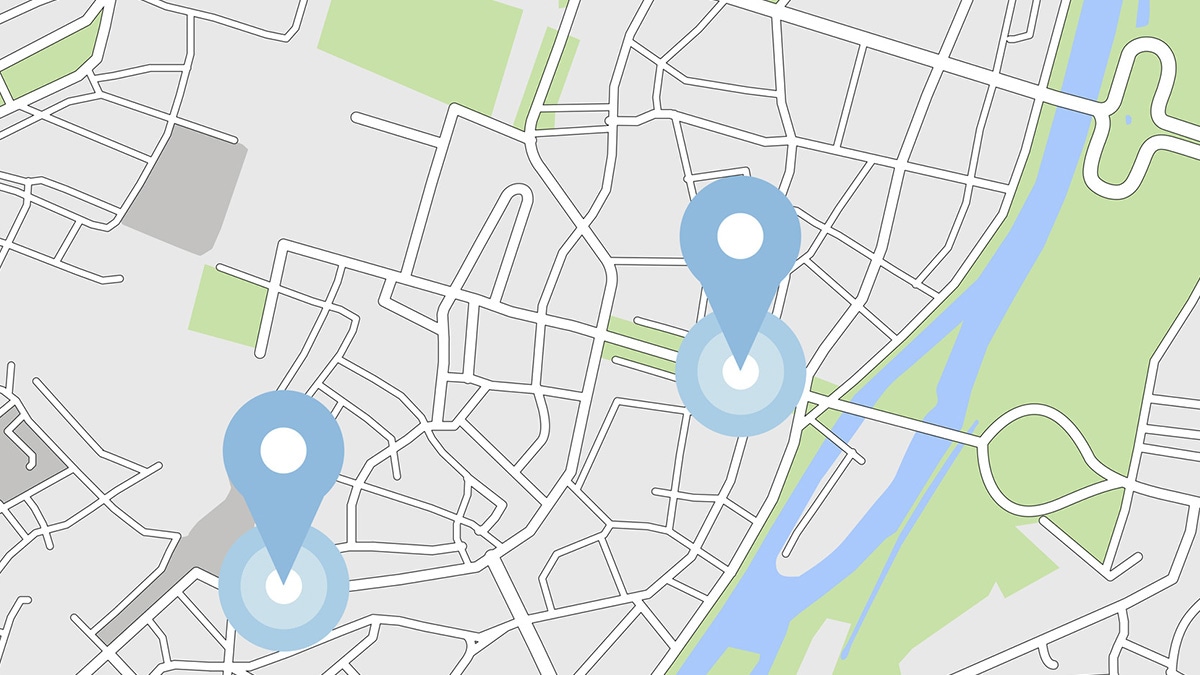What to know
Looking at data in different resolutions can help us better understand the connections between health and the places where we live, work, and play. Resolution is the detail with which a map depicts the location and shape of geographic features, boundaries, and areas. The Tracking Network allows you to visualize data in many different resolutions. The program is working towards getting even more localized, finer resolution for health and environmental data.

Data by Geo-political Boundaries
Data by geo-political boundaries is the most common way to view data on the Tracking Network. Depending on the dataset, users may view coarser (larger) resolution data, like national or state level data. For some datasets, users may view finer resolution data, like county or census tract level.
Finer resolution data can help us identify trends in neighborhoods. It can also pinpoint areas of concern for a health or environmental issue.
Data by Population-based Geographies
Some datasets have too few cases to show on a map at finer resolution geo-political geographies. This could be because there are only a few cases reported for that area. Or, that it is a rare health condition, such as childhood cancer. If there is a small number of case counts, data are hidden (suppressed) at the geo-political boundary level to protect the privacy of individuals affected by these conditions. This is especially true in counties and census tracts with low populations.
To visualize these datasets in a meaningful way, the Tracking Network has developed population-based geographies. This is done by combining census tracts or counties to meet a minimum population threshold to display the data. Population-based geographies are useful to see trends based on populations for many environmental, community, and health data. This is especially true in areas where there are either high or low populations in counties.
The Tracking Network uses the following population-based geographies.
- State by 5,000 Population
- State by 20,000 Population
- Populations and Vulnerabilities
- Demographics
- Health Status
- Socioeconomic Status
- Demographics
- Cancer
- Incidence of Breast Cancer
- Incidence of Colorectal Cancer
- Incidence of Lung and Bronchus Cancers
- Incidence of Melanoma
- Incidence of Non-Hodgkin's Lymphoma
- Incidence of Prostate Cancer
- Incidence of Breast Cancer
Current Projects and Partnerships
The Tracking Program works with the National Program of Cancer Registries (NPCR) to create indicators for cancer prevalence that will use the Tracking Program's population-based geographies.
Tracking Program funding recipients in Arizona, New Jersey, and Utah have developed different geographies to better understand environmental and health data in their jurisdictions. New York City, a former recipient, has created custom geographies as well.
Tracking Program funding recipients submit hospitalization and emergency department data for different health concerns. Tracking Program staff are working to display asthma and heart attack data using population-based geographies.
Resources
Developing a surveillance system of sub-county data: Finding suitable population thresholds for geographic aggregations. Spatial and Spatio-temporal Epidemiology. June 2020.
Lessons learned from the environmental public health tracking sub-county data pilot project. Journal of Public Health Practice and Management. September/October 2019.
Visit the Tracking Program's Sub-county GitHub
Access the Data
Use the Data Explorer to create custom maps, tables, and charts.
View data in simple Quick Reports.
Get machine-readable data from the Application Program Interface (API).
